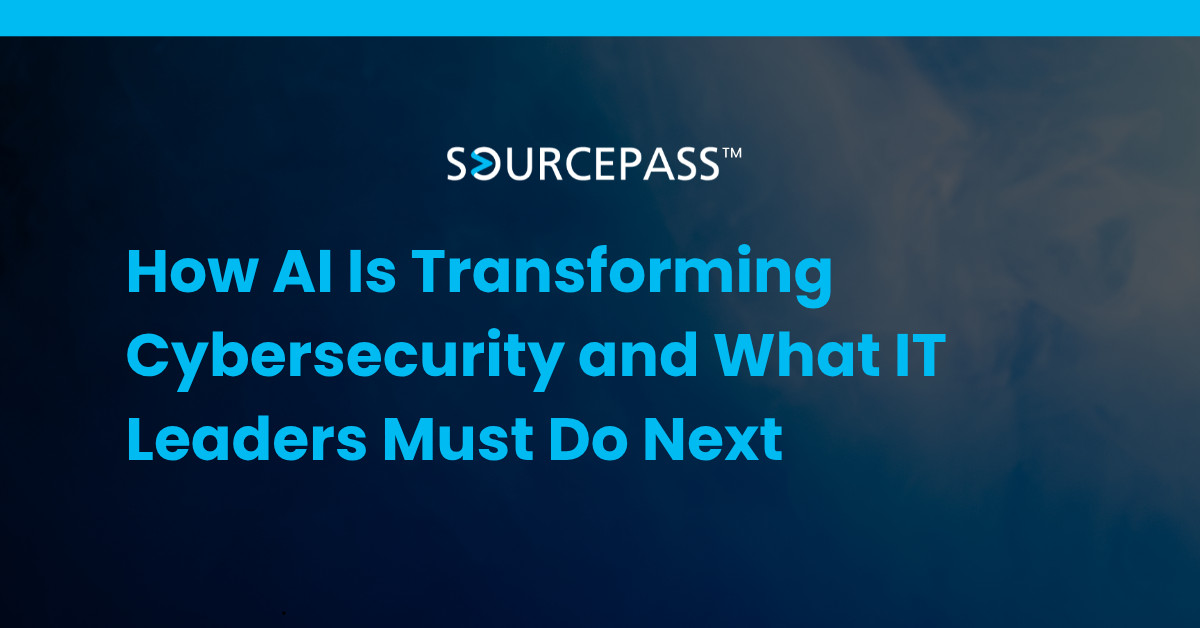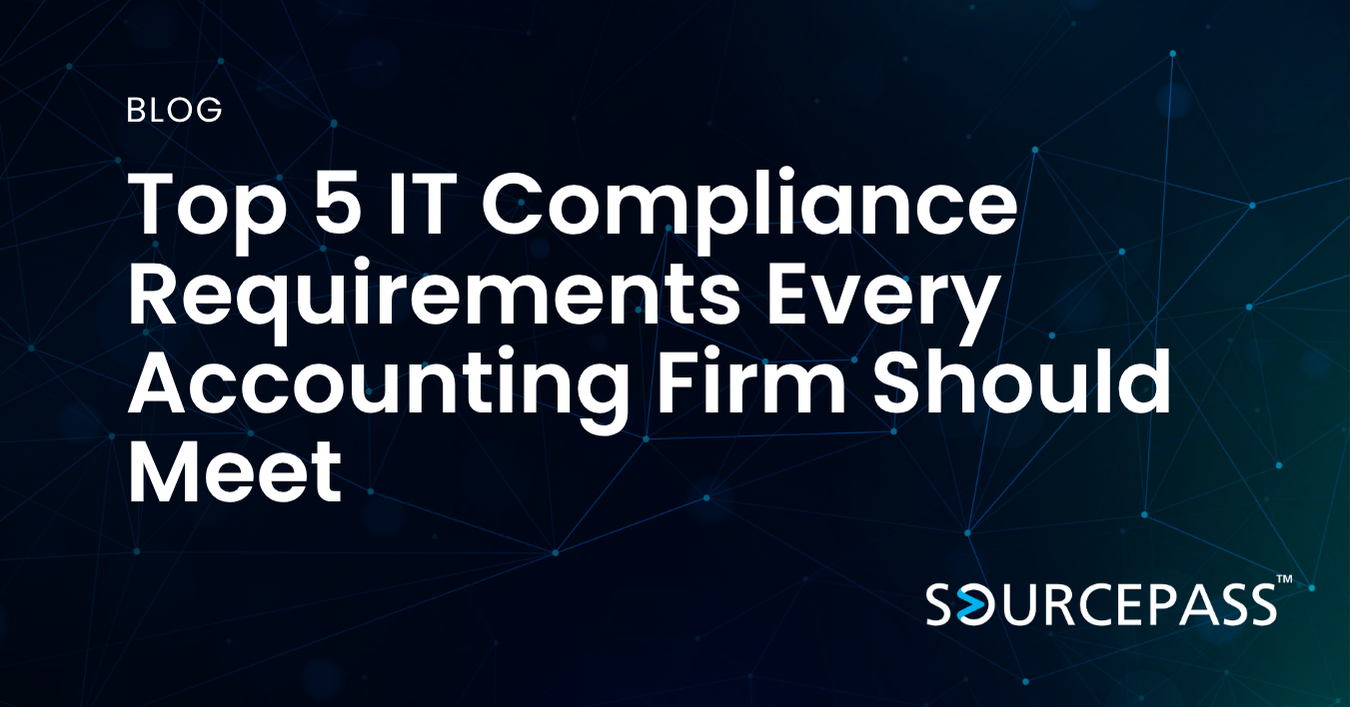How AI Is Transforming Cybersecurity and What IT Leaders Must Do Next
Oct 21, 2025 Alex Davis AI | Cybersecurity 3 min read



Artificial intelligence (AI) is rapidly changing the cybersecurity landscape. It enables faster, smarter threat detection and response but also introduces new vulnerabilities, attack methods, and ethical concerns. As AI becomes integral to business operations, IT and security leaders must adopt proactive strategies to protect both AI systems and the data they rely on.
This article explores how AI is reshaping cybersecurity, the risks it introduces, and the steps IT leaders can take to ensure secure, ethical, and resilient AI adoption.
The Role of AI in Modern Cybersecurity
AI is becoming both a powerful defense mechanism and a potential attack surface. On one hand, it empowers security teams to analyze vast amounts of data in real time, detect anomalies faster, and automate responses to common threats. On the other hand, malicious actors are using AI to develop more advanced phishing, deepfake, and malware techniques.
How AI Strengthens Cyber Defense
AI enhances cybersecurity through:
-
Threat detection: Machine learning models can identify unusual activity across networks, endpoints, and cloud environments faster than manual monitoring.
-
Incident response: AI can automate containment actions and recommend mitigation steps, reducing response times.
-
Predictive analytics: AI helps forecast potential threats and vulnerabilities before they are exploited.
-
User behavior analysis: Continuous monitoring helps flag suspicious login patterns or data access behaviors.
How AI Expands the Threat Landscape
AI also creates new risks that organizations must manage:
-
Adversarial AI attacks: Hackers may manipulate machine learning models to produce false outputs or hide malicious activity.
-
Data poisoning: Compromised training data can corrupt AI models and undermine trust.
-
Model theft: Attackers may extract or replicate proprietary algorithms.
-
Automation of cyberattacks: AI-powered tools can scale attacks at unprecedented speed and sophistication.
Securing AI-Powered Systems: Best Practices
To safely leverage AI, IT and security leaders must integrate cybersecurity into every stage of AI adoption — from data collection and model training to deployment and monitoring.
1. Protect Training Data and Models
Secure, high-quality data is critical for accurate AI performance. Organizations should encrypt training datasets, verify data sources, and restrict access to sensitive information.
2. Implement Continuous Monitoring and Testing
AI systems must be regularly tested for bias, accuracy, and vulnerabilities. Continuous monitoring helps detect data drift, model degradation, and potential manipulation.
3. Establish Clear Governance and Transparency
Document how AI models are developed, trained, and deployed. Maintain explainability so internal and external stakeholders understand decision-making processes.
4. Integrate AI Security into Existing Frameworks
AI should not be treated as a separate security domain. Align it with existing frameworks like NIST’s AI Risk Management Framework and CISA’s Cybersecurity Best Practices to ensure consistency across your environment.
5. Train Teams on Responsible AI Usage
Educate employees and partners on ethical AI use, privacy protection, and recognizing AI-driven threats. This builds awareness and accountability across the organization.
IT Leader Priorities: Building a Resilient AI Security Strategy
AI adoption requires cross-functional collaboration between IT, security, compliance, and leadership teams. IT leaders should:
-
Align AI initiatives with cybersecurity and data governance strategies.
-
Conduct risk assessments before deploying AI tools.
-
Ensure vendors meet security and compliance standards.
-
Promote ethical and transparent use of AI technologies.
Taking these steps helps organizations benefit from AI innovation while minimizing the risks that come with it.
Conclusion
AI is redefining cybersecurity by strengthening defenses and introducing new risks. IT leaders play a critical role in ensuring that AI systems are secure, compliant, and ethically deployed. By embedding cybersecurity into every phase of AI implementation, organizations can protect their data, systems, and reputation — while harnessing AI’s full potential for smarter, faster defense.
For further guidance, review trusted resources such as:
FAQs About AI and Cybersecurity
What is the role of AI in cybersecurity?
AI helps detect and respond to cyber threats faster by analyzing data patterns, automating responses, and identifying anomalies that human analysts might miss.
What are the biggest risks of using AI in cybersecurity?
The primary risks include data poisoning, adversarial attacks, model theft, and automation of large-scale cyberattacks.
How can IT leaders secure AI systems?
They can protect training data, implement continuous monitoring, enforce governance policies, and integrate AI security into existing frameworks.
Does AI replace human cybersecurity professionals?
No. AI enhances efficiency but still requires human oversight for ethical decisions, complex analysis, and strategic risk management.
Which frameworks help manage AI risks?
The NIST AI Risk Management Framework and CISA cybersecurity guidelines are key resources for building secure, transparent AI systems.
Subscribe To
Sourcepass Insights
Sourcepass Insights
Stay in the loop and never miss out on the latest updates by subscribing to our newsletter today!
.png?width=500&height=100&name=White%20Logo%20-%20Transparent%20Tag%20(3).png)



